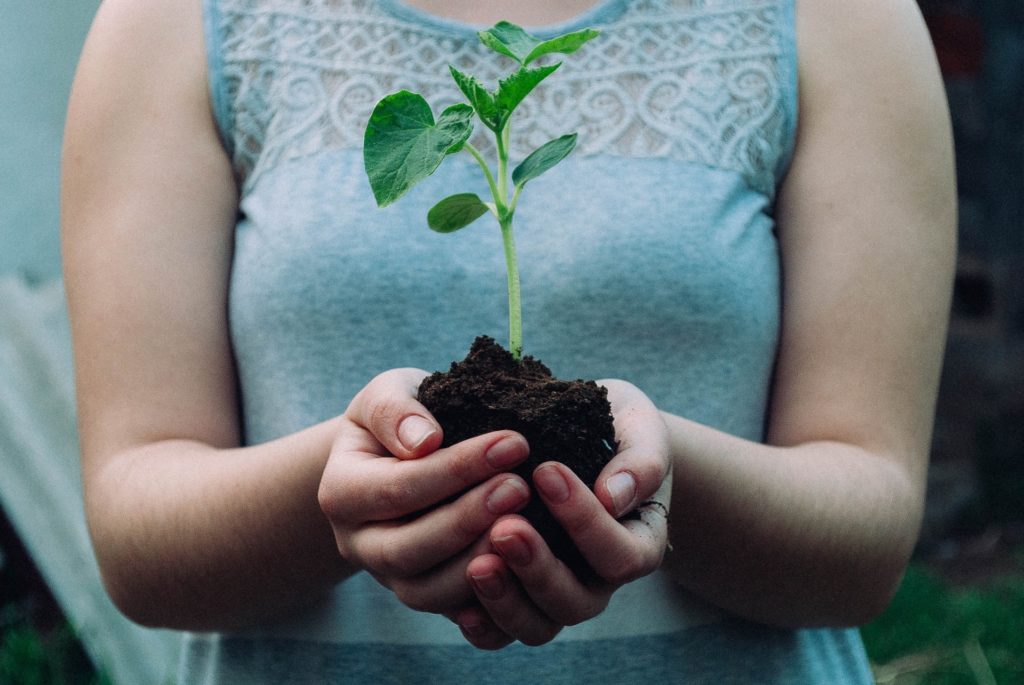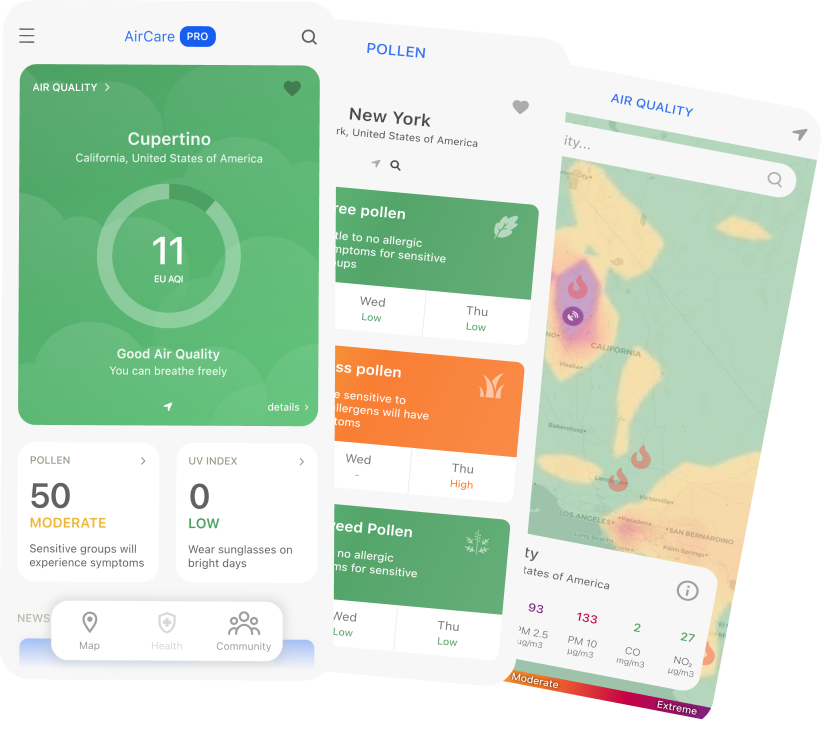Trees help clean the air we breathe, provide habitat to over 80% of the terrestrial biodiversity of the world, and filter the water we drink. The best thing is, it’s a cakewalk to plant a tree, and you don’t need a horticultural degree to do it!
How your tree grows will depend on a few factors, including the location of the tree, the care you provide, and the type of tree you planted. Planting your tree properly will help the tree mature to its full size and ensure it will provide environmental and social advantages during its lifetime.

Best Time to Plant a Tree
In cold climates, early spring is the best time to plant a tree. Fall can be too late because trees won’t be able to get through the freezing temperatures which can stop moisture from reaching the tree and damage the roots.
In areas where trees grow all year round (in subtropical and tropical climates), anytime is a good time to plant a tree as long as there is enough water available.
Step-By-Step Instructions
Knowing how to plant a tree the right way will ensure that your efforts will not be in vain. In this article, we will go over six important steps you need to follow when planting a tree.
1. Dig the Planting Hole
The first thing you need to do is measure the root ball (the mass of roots and soil that comes out of the tree container) with the handle of your shovel to estimate how deep to dig. The hole you dig should be three times as wide as the root ball.
Ensure the trunk flare (where the trunk expands at the base of the tree) is moderately visible after the tree is planted. If the flare is not visible, remove any excess soil prior to planting.
2. Loosen or Trim the Roots
Ideally, roots should spread out straight from the center of the root ball. Lay the tree on its side with the root ball placed on a tarp and loosen the roots with your fingers. Any circling roots should be straightened or cut off. This is also when the nursery stake should be removed.
3. Place the Tree in the Hole
Make sure that the position and the depth are correct before you fill in the soil because the tree has only one chance to be planted correctly.
When you’re placing the tree in the hole, remember to lift it by the root ball, not the trunk. Place the tree in the center of the hole and at the proper height. Placing the tree too deep can be harmful because most of the roots develop in the top 12 inches (30 cm) of soil.
Rotate the tree until you find the best placement for it. Then, hold the tree upright and pack soil around the root ball.
To get rid of large air pockets, gently tamp down the soil with the tip of your shoe or a shovel. Keep in mind not to step on the root ball directly since this can cause damage to the roots.
4. Stake the Tree if Necessary
Trees develop stronger roots and trunks if they are not staked. However, staking might be required when planting bare-root rock or very large trees and in high wind conditions.
If staking is needed, underground systems or three stakes provide optimum support. After the first year of growth, remove the stakes.
5. Add Mulch
Add a 2–3 inch (5-7.5 cm) layer of mulch to the base of the tree, but be careful not to stack much right against the trunk. You will prevent decay and reduce moist bark by leaving a mulch-free area of 1-2 inches (2.5-5 cm) wide at the base of the tree.
6. Follow-up Care
When it comes to aftercare of the tree, make sure that you water the tree at least once a week to keep the soil moist. Water the tree more regularly during windy, hot weather. Lower temperatures call for less-frequent watering, so continue this until mid-fall.
How Can AirCare Help?
After planting your tree, you can use AirCare to track how the air quality slowly starts to change around your home, getting better with each new tree popping up in your area. Download AirCare free for both Android and iOS.
Do you want to know the quality of the air you breathe? Download AirCare – our free mobile app that tracks air pollution from your pocket, and check out the AirCare blog!





